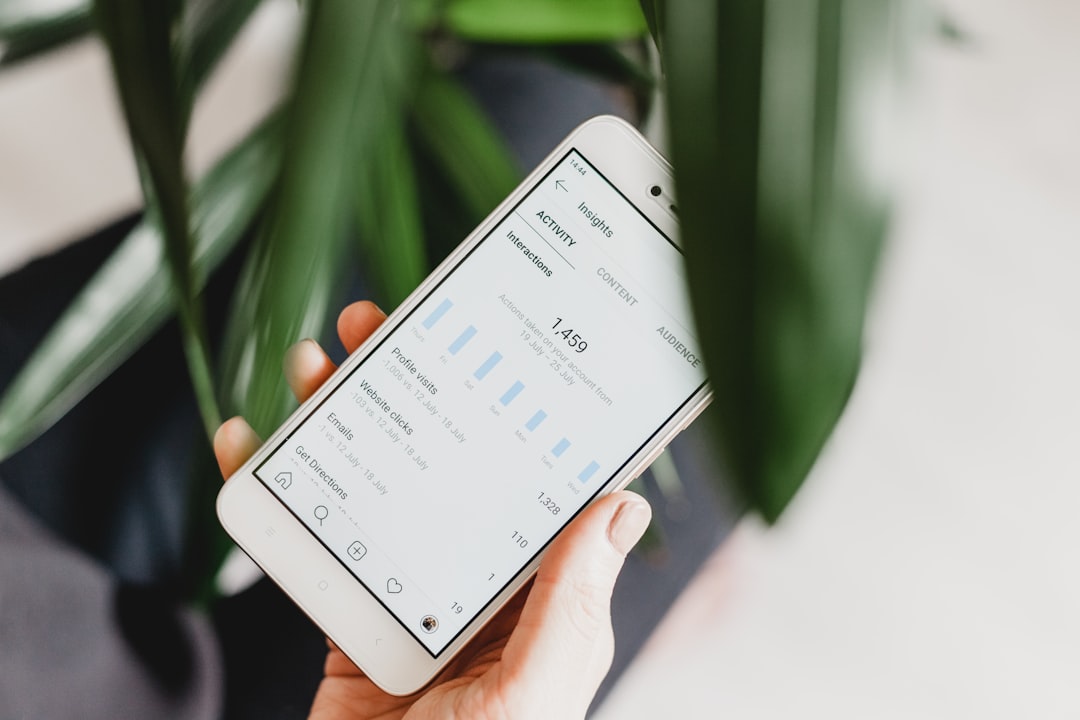
How to Interpret Economic Reports: A Comprehensive Guide for Business Leaders.
# Introduction. Economic reports are vital tools that provide insights into the health and direction of the economy. For business leaders, understanding how to interpret these reports can be the difference between making informed strategic decisions and miscalculating the market landscape. This guide aims to demystify the various types of economic reports and the key indicators to focus on to derive actionable insights that can inform business strategy. # Understanding Key Economic Reports. Economic reports come in various forms, including GDP reports, employment studies, inflation data, and consumer sentiment surveys. Each report serves a different purpose but collectively provides a holistic view of how the economy is performing. 1. **Gross Domestic Product (GDP) Reports**: The GDP is a measure of all goods and services produced in a country. It helps gauge the size of an economy and its growth rate. A rising GDP indicates a growing economy, while a declining GDP may signal a recession. For business leaders, understanding GDP growth rates is crucial for forecasting demand and evaluating business expansion opportunities. 2. **Employment Reports**: Employment reports provide data on job creation, unemployment rates, and labor force participation. These indicators can signal overall economic health, as strong job growth typically correlates with increased consumer spending. Business leaders should pay close attention to these reports to anticipate changes in the labor market and adjust hiring strategies accordingly. 3. **Inflation Reports**: Inflation reports, including the Consumer Price Index (CPI), measure price changes in a basket of goods and services. If inflation is rising rapidly, it can erode purchasing power and impact sales. Business leaders must consider these reports when setting pricing strategies or negotiating contracts to maintain profitability. 4. **Consumer Confidence Index (CCI)**: This index measures how optimistic consumers are about the economy’s prospects. A high confidence level usually leads to increased consumer spending, while low confidence may suggest caution. Business leaders can use this information to strategize marketing campaigns and product launches to align with consumer sentiment. # How to Analyze Economic Indicators. Once you have gathered the key reports, the next step is to analyze the economic indicators. Here are some essential strategies: 1. **Contextual Understanding**: Always view economic data in context. For instance, a single month of job growth may seem promising, but evaluating the trend over several months provides a more accurate picture. 2. **Historical Comparisons**: Compare current data with historical reports to identify patterns. If GDP growth rates are consistently slowing, this may signal a larger economic trend worth investigating. 3. **Sector-Specific Analysis**: Different sectors respond differently to economic changes. For instance, technology companies might thrive in an expanding economy, while basic commodities might suffer. Analyze reports relevant to your sector to make targeted decisions. 4. **Incorporating Multiple Sources**: Cross-reference reports from different sources to validate the data. Relying on multiple perspectives can mitigate biases and provide a more comprehensive analysis of economic conditions. # Implementing Insights into Business Strategies. Interpreting economic reports is just the beginning; the real challenge lies in translating insights into actionable business strategies. Here’s how to do it effectively: 1. **Flexible Business Planning**: Adapt your business models based on economic forecasts. For instance, during periods of high inflation, consider hedging strategies to protect profit margins or adjust pricing models proactively. 2. **Investment Planning**: Use insights from employment and GDP reports to determine potential investment opportunities or areas to cut back. If consumer spending is high, this might be a great time to expand product lines or invest in marketing initiatives. 3. **Resource Allocation**: Make informed decisions about resource allocation—both human and financial—based on economic predictions. For example, if a downturn is expected, consider pausing expansion plans to conserve capital. 4. **Monitoring Competitors**: Keep an eye on competitors' responses to economic changes, as these can offer insights into market direction and potential shifts in consumer behavior that you can leverage. # Conclusion. Interpreting economic reports requires diligent analysis and strategic thinking. By focusing on key indicators such as GDP, employment, inflation, and consumer confidence, business leaders can gain valuable insights that inform their decision-making. Understanding the broader economic landscape allows companies to adapt swiftly in a constantly changing environment, ensuring that they remain competitive and resilient. By implementing smart strategies based on economic data, businesses can navigate the complexities of the market and position themselves for future success. .







